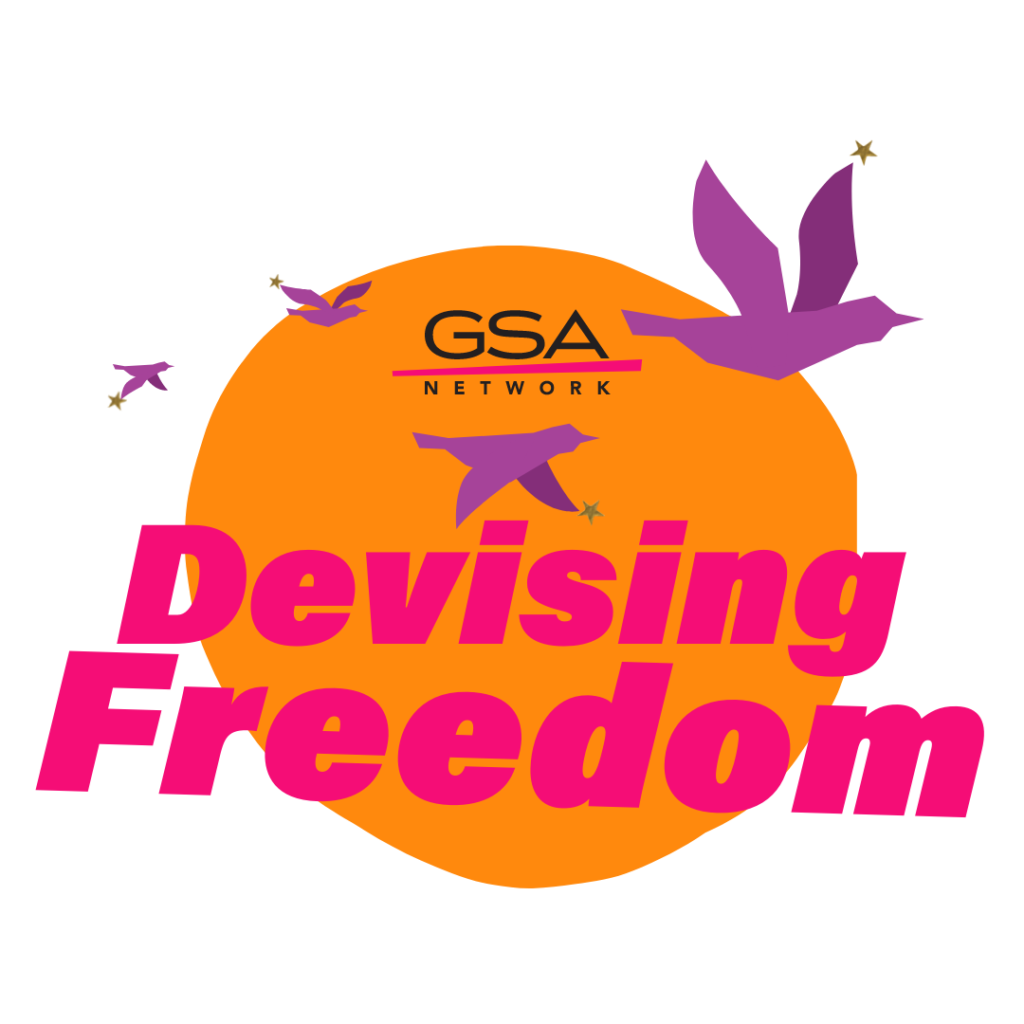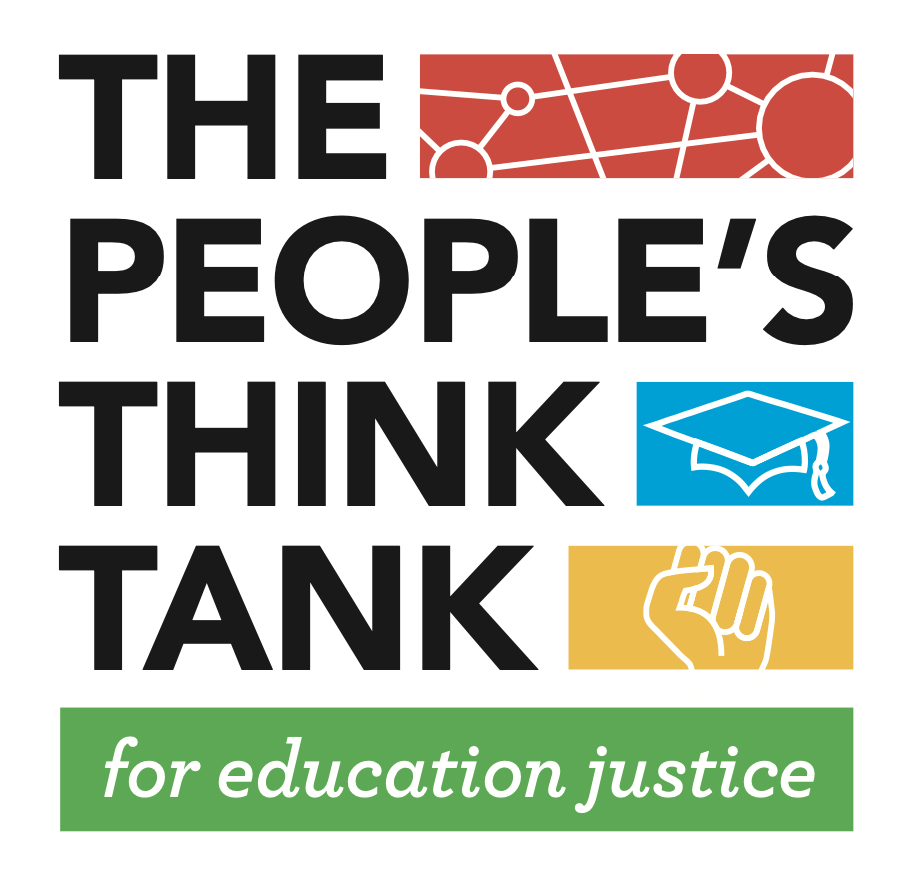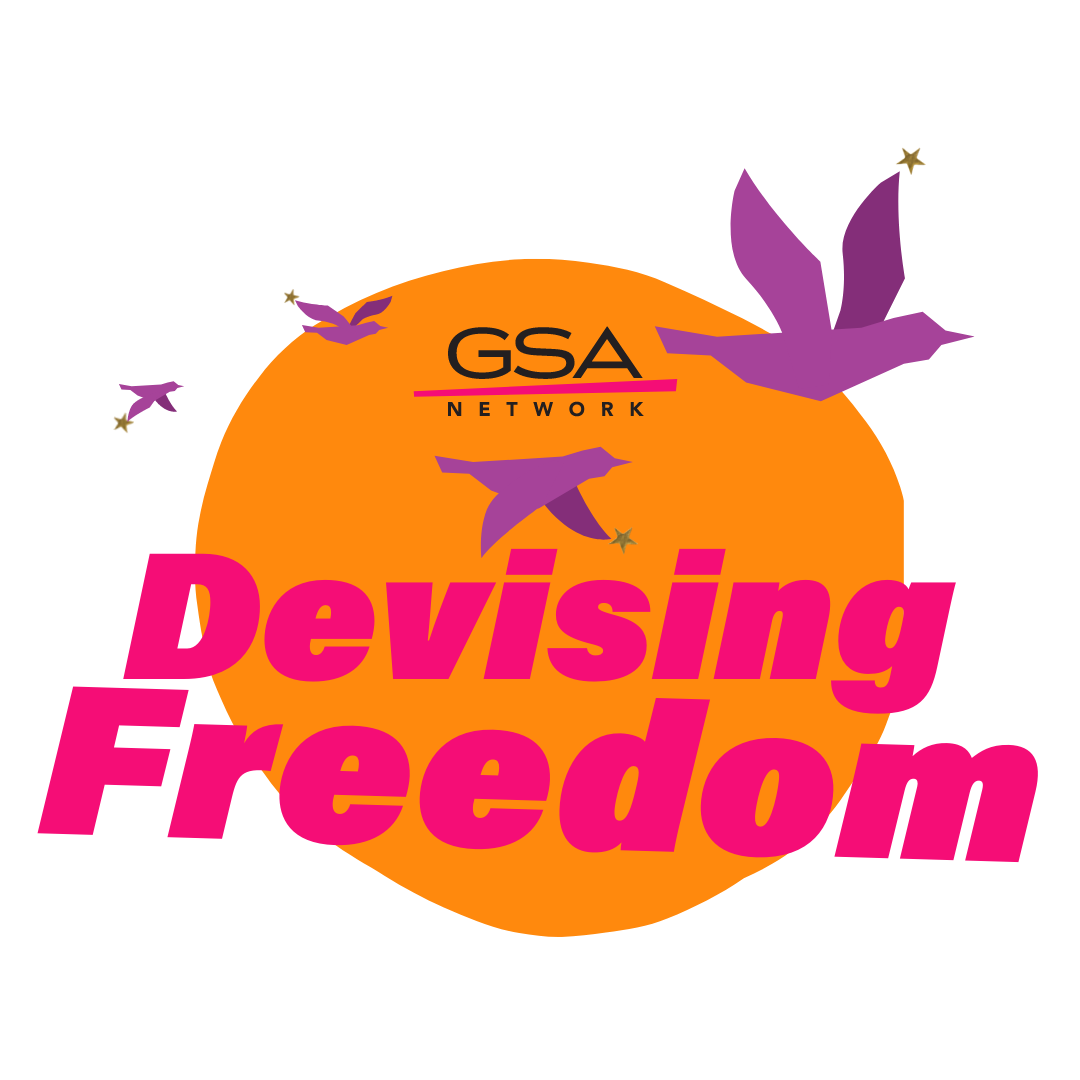
LuzMarina Serrano
Mark R. Warren
Emma Tynan
Trans and queer youth, especially youth of color, are under assault in this country. We hear about the prominent attacks, from banning transgender girls from playing school sports in Florida to criminalizing families who support their children’s transition in Texas. Indeed, over the past few years, more than half of U.S. state legislatures have considered legislation to ban bathrooms, sports, and curricula in ways designed to repress trans and queer youth.
The daily assaults on the dignity of trans and queer youth are less well-known, however. Many of these attacks take place in schools, where they serve to repress gender nonconforming expressions and punish trans and queer students for asserting their identity and unique brilliance.
Many supporters target the bullying that takes place against trans and queer youth by their fellow students. Yet it turns out that zero tolerance toward bullying seldom addresses the problem. As we show in Willful Defiance, anti-bullying policies can feed the school-to-prison pipeline. Trans and queer youth of color in the movement to dismantle the school-to-prison pipeline pushed back against zero-tolerance policies because they are often caught up in them. If trans and queer students have “had enough” of harassment and stand up and challenge their harassers, or if they defend themselves when assaulted, they are often suspended or expelled under zero tolerance. Meanwhile, the anti-gay bias of the perpetrators is never addressed, and a culture of harassment often persists.
Educators set the context
While educators focus on peer bullying, the actions and responsibilities of the adults in the building and the more significant systemic issues often go unaddressed. Adults often set a context in which peer bullying occurs, fail to act in support of trans and queer students, and “police’ the behavior and dress of trans and queer youth.
“I’ve been shoved into lockers, and sometimes people will just push up on me to check if I have boobs,” said Kevin, a 17-year-old transgender boy in Utah. School administrators dismissed his complaints of verbal and physical abuse, blaming him for being “so open about it.”
Teachers often call out students for their dress when cisgender students wear the same thing and ask them to wear more “gender-appropriate” clothing. They send trans students to the nurse or counselors. According to a report by Human Rights Watch, “LGBT students also described persistent patterns of isolation, exclusion, and marginalization that made them feel unsafe or unwelcome at
school. Students described how hearing slurs, lacking resources relevant to their experience, being discouraged from having same-sex relationships, and being regularly misgendered made the school a hostile environment, which can impact health and well-being.” Trans and queer youth of color face the intersection of oppression across race and gender expression lines. They often report bullying based on race and ethnicity, closer surveillance by school personnel, and harsher disciplinary measures.
The presence of school resource officers (SROs) typically makes things worse. Trans and queer youth of color report that SROs often harass them rather than protect them from abuse. According to a 2016 federal government survey, over 40 percent of LGBTQ youth had seriously considered suicide in the previous year. Nearly 30 percent had attempted suicide, compared with 15 percent of heterosexual youth who had seriously considered suicide and 6 percent who had attempted suicide.
Asserting Humanity
The intense fight trans and queer folks were up against during the pandemic became clear. While grappling with school closures and isolation, systemic violence became politically visible in the uptick of anti-LGB and, more specifically, anti-trans bills. In response, trans and queer youth continue to fight back and assert their identity and humanity. Young people are walking out, circulating petitions, and setting up GSA clubs to create safe and brave places in schools. Fighting back is essential, but so is creating a vision for a future of freedom.
Working with the Genders & Sexualities Alliance (GSA) Network, young people have launched a Devising Freedom campaign, “a national strategy that will create a vision for transgender, gender nonconforming, and nonbinary youth to blossom despite the persistent attacks on their bodies and their identities.” Devising Freedom is divided into four pillars, Homecoming, Truth Telling, Spirit Sustaining, and Stargayzing. Through a beautiful and unique lens, Devising Freedom hopes to be a home for young people and provide a place that embodies leadership and connection.
While fighting back and pursuing their vision, trans and queer youth of color need to be sustained. Declaring that “By feeding ourselves, we feed our collective future,” the Transgender Law Center has launched a “care package” to nourish young people as they participate in the struggle for a different future. The care package is part of the center’s Trans Agenda for Liberation, a community-based effort to envision freedom.
Trans and queer youth of color are at the forefront of new struggles for human rights and liberation for all. They deserve active support from allies in the fight for social justice and human freedom.
For More Resources
http://new.peoplesthinktank.us/issue-focus-supporting-queer-youth/
About the Authors
LuzMarina Serrano is the lead organizer for the Two Spirit Initiative and National Alliances for the GSA Network. Mark R. Warren is Professor of Public Policy and Public Affairs at the University of Massachusetts Boston and the author of Willful Defiance: The Movement to Dismantle the School-to-Prison Pipeline (Oxford University Press, 2021).
Emma Tynan is a PhD student in Public Policy at the University of Massachusetts Boston, where she focuses on issues of educational equity and justice. The authors are members of the People’s Think Tank on Educational Justice.

